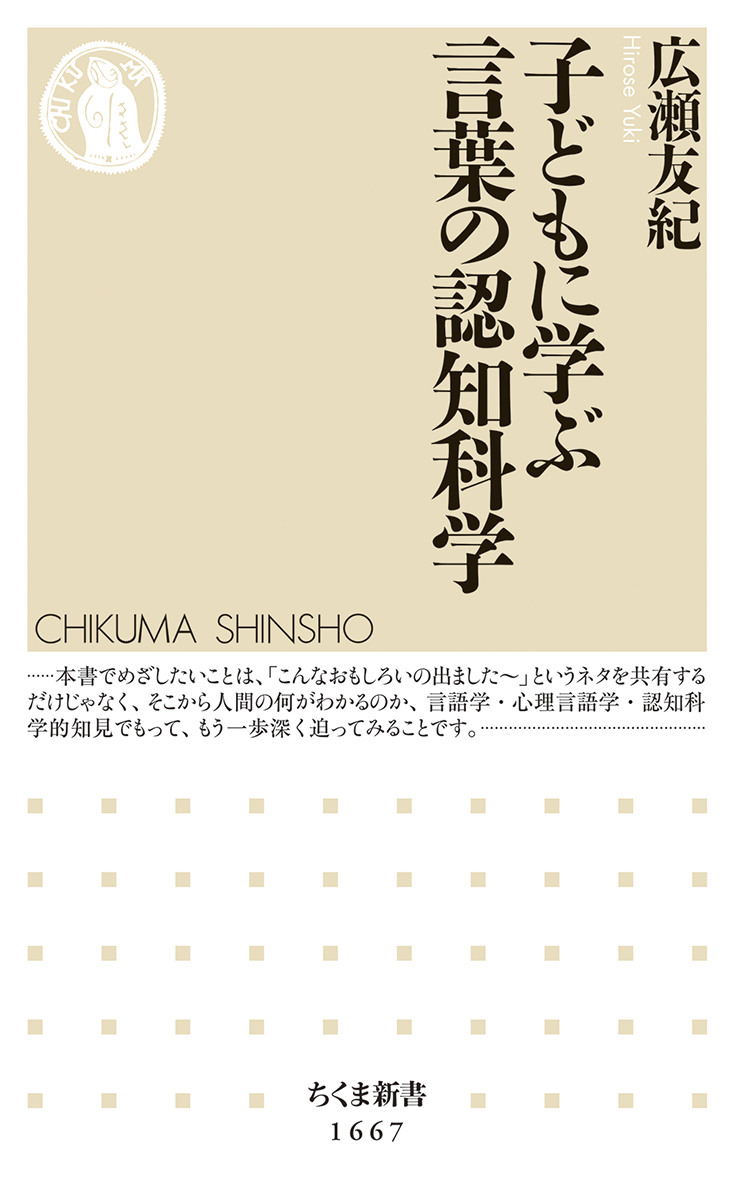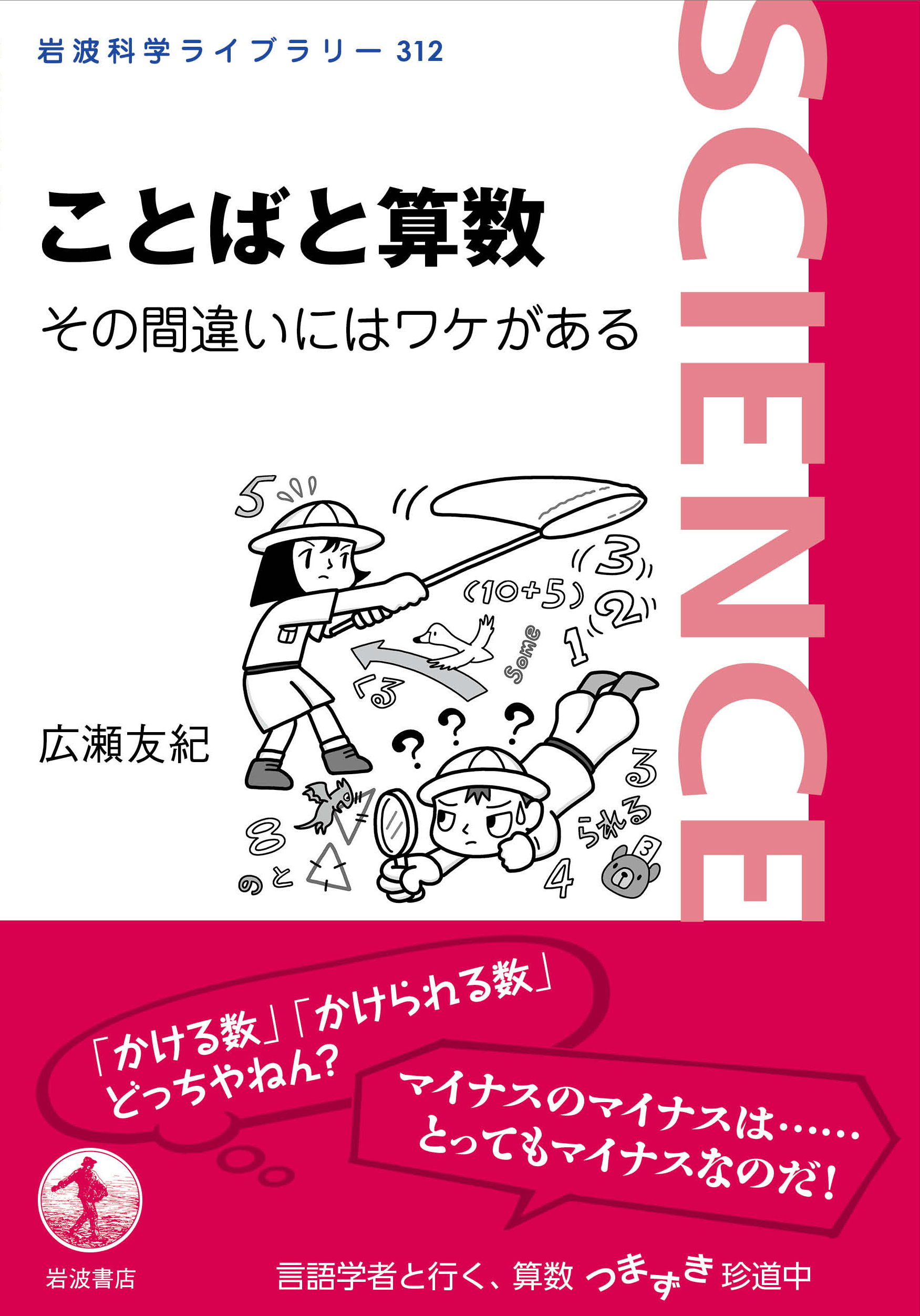
Title
Tamagawa Encyclopedia Kotoba to Kokoro (Language and Mind)
Size
160 pages, A4 format
Language
Japanese
Released
November 20, 2019
ISBN
9784472059827
Published by
Tamagawa University Press
Book Info
See Book Availability at Library
Japanese Page
As you can see from the title, the intended audience for this book is "children". It is intended for 4th to 6th graders. However, I dare to recommend this book to the students of the University of Tokyo because I want them to read it as one of the results collaboration between the humanities and sciences.
This book was created by myself and my colleagues who have been working together for more than 20 years on the origin and evolution of language and mind. The story goes as follows: two elementary school students decide to investigate whether animals can understand language as a summer research project. They visit five researchers: an anthropologist, a zoologist, a psychologist, a linguist, and a computer scientist. I myself appear as the zoologist, Dr. Canary. What is the difference between human language and animal communication? Is language for thinking or communication? Are we born with a mechanism to acquire language? What is the relationship between language and the mind? These questions have been considered as so-called "humanities" questions. Today, however, these questions can be addressed not only through humanities, but also through science.
For example, we can examine animal communication and study the similarities and differences with human language to consider the origin of language. By calculating the morphology of the brain from fossils and measuring the morphology of buried objects from the same period, we can investigate what cognitive functions humans had at that time. By comparing the blood flow rate in the brain when humans are thinking with words and without words, we can also infer the brain regions that correspond to the use of words. We can also build robots based on the hypotheses from our research and let them communicate with each other to observe what signals evolve. This is how we are conducting our research.
The study of the evolution of language and mind is becoming a central subject of science in the 21st century. Such research is needed, for example, to fill in the gaps in artificial intelligence research. Of course, the study of the evolution of language and mind is important as basic science research to understand human beings, but it is also becoming possible to apply it to engineering. This kind of research is interdisciplinary research that incorporates results from various fields. We hope that you will consider the future of humanity while reading this book. Our research is supported by the New Academic Research Area "Co-Creative Language Evolution" (2017-2022) run by the Ministry of Education, Culture, Sports, Science and Technology of Japan. Please visit the web site Evolinguistics.net for the results and announcements of our research.
(Written by OKANOYA Kazuo, Professor, Graduate School of Arts and Sciences / 2021)



 Find a book
Find a book



